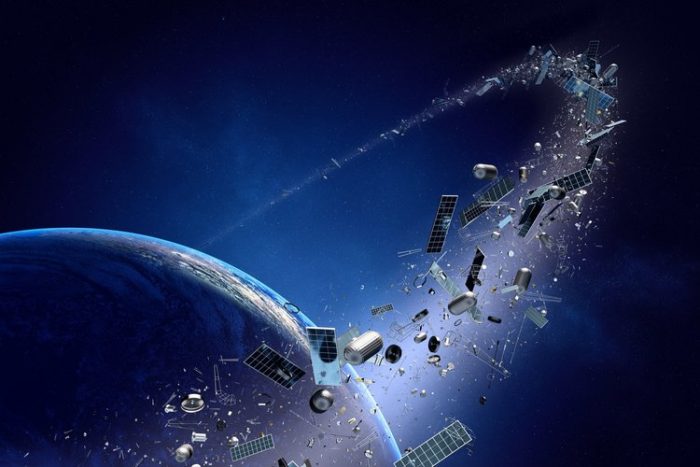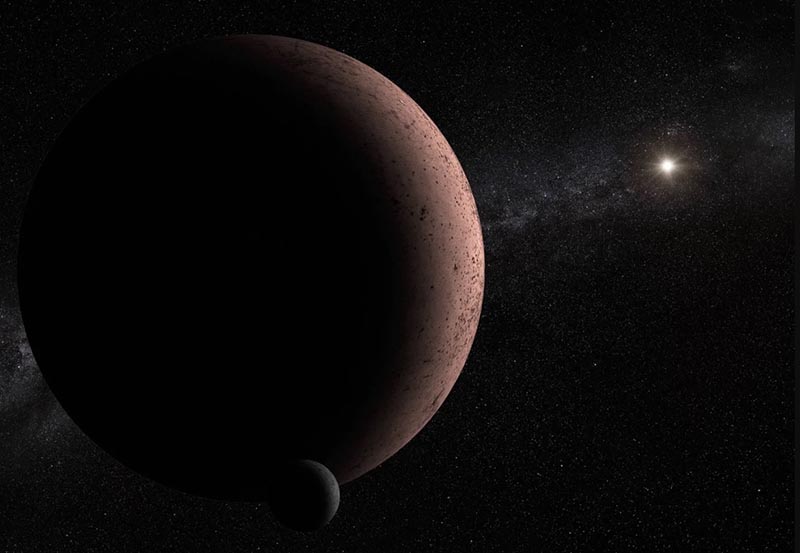Space exploration is really important, but space junk greatly complicates it, and it may forever lock humanity on its home planet in the future. Astronauts feel sad while reading the latest news about the littering of near-earth space, reasonably claiming that mankind littered the Earth, and now do the same in space.
Top amazing facts about space junk
- Most of the space garbage is the debris of spacecraft and satellites, as well as those that are out of order. All of them remained in Earth’s orbit.
- A few pieces of space junk burn up in the upper atmosphere every day, but new ones appear faster than old ones disappear.
- Space debris is a huge danger to the flight, as even a chip with an inch diameter moving in orbit at an unimaginable speed is able to break through the wall of the spacecraft. Once a piece of iron the size of a coin almost collided with the ISS (International Space Station). It was really close.
- The problem of space junk is becoming more and more acute because small debris is no less dangerous than large ones. At the same time, their number is constantly growing, as they collide with each other and crumble into smaller parts.
- NASA believes that the problem of the self-multiplication of space debris can completely close the possibility of people flying into space within this century.
- One of the projects to clear the orbit of space garbage proposes the use of an automated orbital spacecraft that will concentrate solar energy and burn small debris with a laser. Another project proposes to catch debris with a special network and then send them into the Earth’s atmosphere to get burned.
- Currently, they’re about 370,000 pieces of debris of all sizes in orbit around the Earth.
- China, the United States, and Russia produce 93% of all space junk, while the rest of the countries with their own space programs produce a total of 7% only.
- There are no workable ways to protect spacecraft against space debris exceeding 1 cm (less than 0.5 inches) in diameter.
- All debris larger than 2 cm (a bit less than 1 inch) in diameter is tracked. Smaller space junk pieces are too difficult to track.
- In 2014, the ISS had to change orbit three times to avoid collision with debris. Each course correction at the station burns a lot of fuel and costs a lot of money.
- There is a slim chance to suffer from the fall of space debris to Earth. In 1997, a small piece of Delta-2 spacecraft have fallen to a resident of the US, Oklahoma. She survived and even became popular for a while.
- In 1983, a tiny grain of sand with a diameter of only 0.2 mm collided with the viewport of the “Challenger” space shuttle. The porthole cracked but held.


